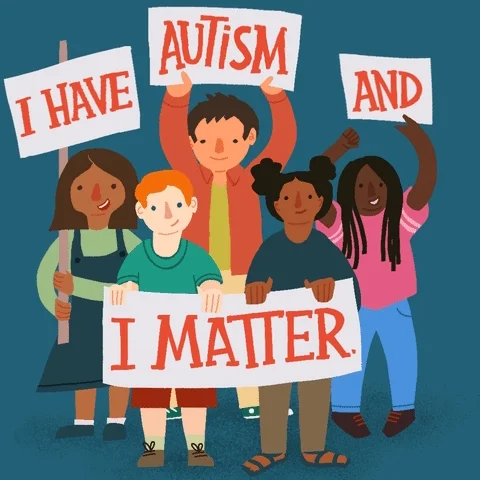
This logo isn't an ad or affiliate link. It's an organization that shares in our mission, and empowered the authors to share their insights in Byte form.
Rumie vets Bytes for compliance with our
Standards.
The organization is responsible for the completeness and reliability of the content.
Learn more
about how Rumie works with partners.
Both of the individuals people below are autistic. Do you know why autism may look different in each of these profiles?
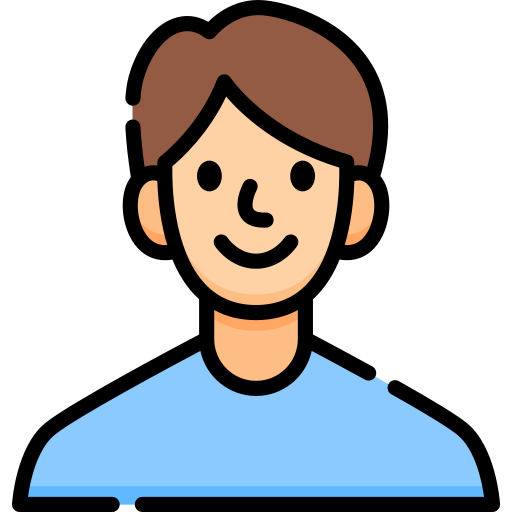
Meet Mark. He's 18 years old and is autistic. Mark has a very difficult time engaging in social interactions and even in daily tasks. For this reason, he needs a lot of support and lives in a group home where he receives 24-hour care.

This is Stacy. She's 20 years old and is autistic. Stacy lives with her parents and needs minimum support when communicating with others. However, she has difficulty keeping up with long conversations.
These two people and the way they engage with others are different because autistic people can fall on different levels of the autism spectrum. The three autism levels act as a tool to better understand and support a person to reach their maximum potential.
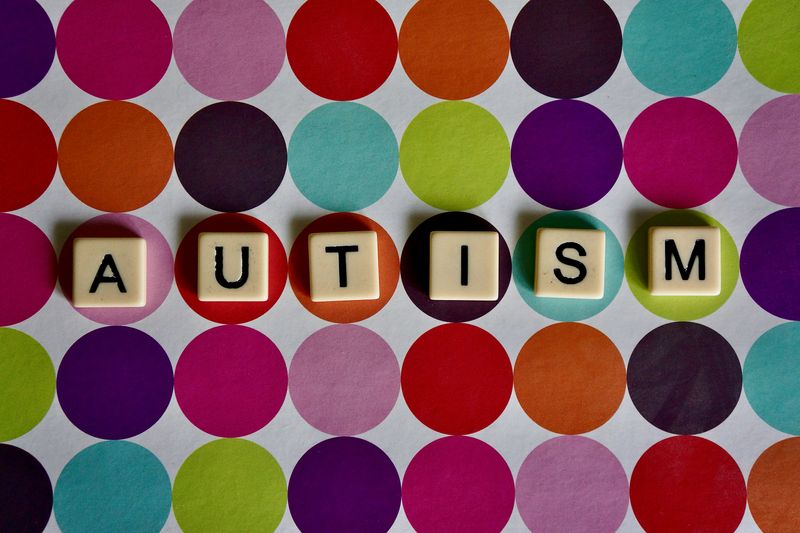 Photo by Peter Burdon on Unsplash
Photo by Peter Burdon on UnsplashDid you know?
This Byte starts with saying Mark and Stacy "are autistic", and not that they "have autism". This was an important and intentional choice, as it uses identity-first language.
What are the three levels of autism?
A person who is autistic can have a range of characteristics and behaviors that affect many areas of their life to include their social interaction, communication, learning, and sensory profiles.
When we move up the autism levels from level 1 to 3, the same characteristics can present in each of the levels. However the complexity and support is increased.
The three autism levels are categorized into:
Level 1: Requiring support
Level 2: Requiring substantial support
Level 3: Requiring very substantial support
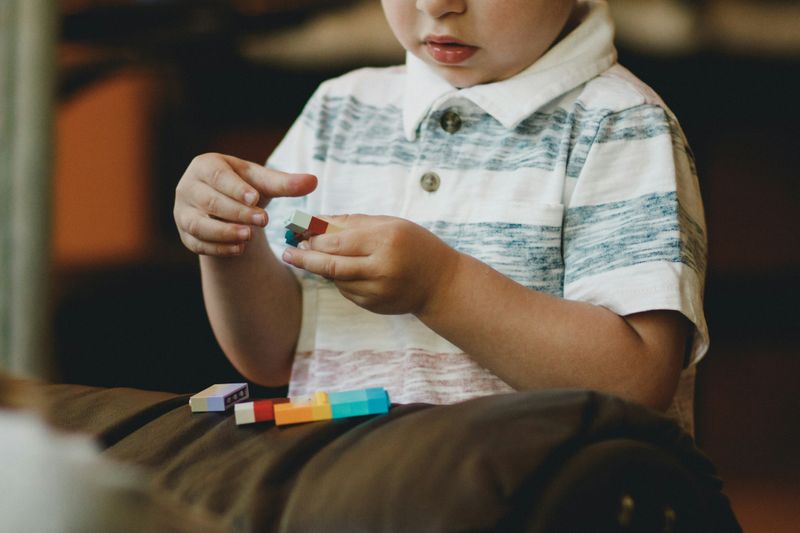 Photo by Caleb Woods on Unsplash
Photo by Caleb Woods on UnsplashDid you know?
An autistic person can fall into different level classifications. For example, someone may need more help in learning new things, but may need minimum support in social interaction. As an autistic child grows or barriers are reduced, their level of support can change, ultimately changing their classification levels.
Breaking down the three autism levels
Level 1: Requiring support
Some difficulty with understanding social cues like facial expressions or hand gestures. This can look like not responding appropriately or at the right time.
Repetitive behaviors such as hand flapping (also known as stimming) however these behaviors do not interfere with daily life. Repetitive behaviors can also be seen with fixations on specific interests.
May have difficulties and need support in planning, organizing, and prioritizing tasks.

Example: Jake is autistic and 18 years old. Jake begins to have a conversation with his neighbour by greeting them and exchanging a few sentences.
Jakes's neighbor tells him that his cat is very sick and will need to be put down. Jake doesn't express much emotion when hearing this news. He responds, "Ok, see you later, " and walks away.

Level 2: Requiring substantial support
Increased difficulty communicating and understanding social cues compared to those in level 1, even with support.
Like level 1, people at this level can have repetitive behaviors. However, it's more obvious or noticeable at level 2 (e.g. verbal script, increased interactions with objects or more pronounced movements).
Increased inability to cope with changes in routine or schedule as well as transitions.
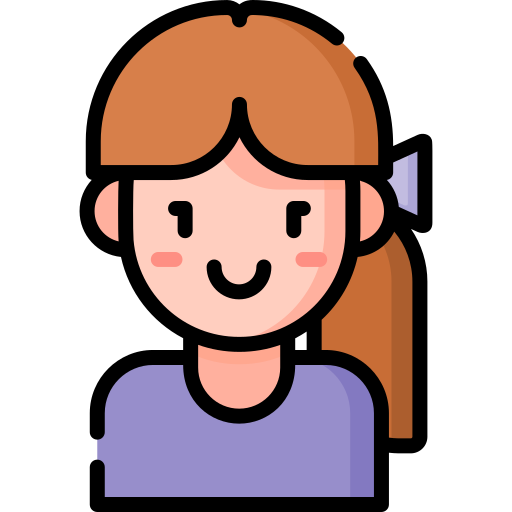
Example: Jill is autistic and is 10 years old. Jill gets to school one day and finds out that her physical education teacher isn't in. The substitute teacher instead asks the class to engage in a silent activity at their desk.
Jill is upset by the change in routine. She begins to pace back and forth in the back of the classroom, repeating the words "no talking". Jill is stimming, trying to self-regulate her emotions and cope with the overwhelming situation.

Level 3: Requiring very substantial support
Increased inability to express oneself either verbally or non-verbally. This may cause them to disengage or speak to others.
Repetitive behaviors can be more pronounced at this level and can include things like flipping objects.
People at this level need the most support to reach their full potential, usually from an interdisciplinary team.
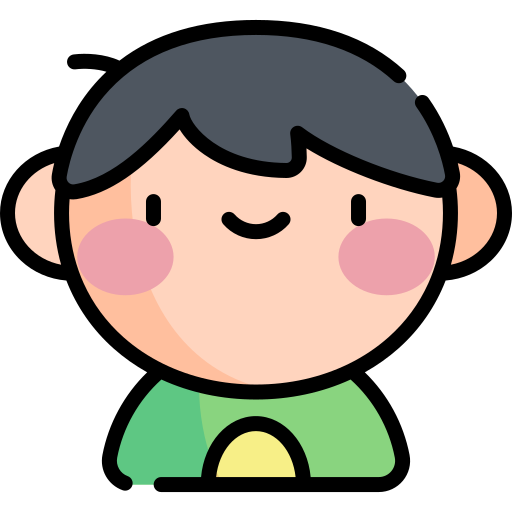
Example: Tim is an autistic 6-year-old boy who is non-verbal. Tim is at school and gets 1:1 support from an educational assistant (EA).
Tim is instructed to color a picture but gets frustrated and throws the paper and crayons on the ground. The EA continues to support Tim by empathizing with his emotions and aims to de-escalate the situation by better understanding why Tim is feeling upset.
Quiz
What is the main difference among the three autism levels?
Similar characteristics can be present in each of the three levels. The severity of the characteristic and level of support needed differs among the three levels.
Autism support
For any of the three levels of autism, autistic people might consider various types of support from caregivers and professionals.
Communication
If a person is non-verbal or has limited speech, they may use communication systems like AAC, where they select images that read words aloud.
People can also use communication systems like PECS. This is a picture exchange system where they use pictures to communicate.
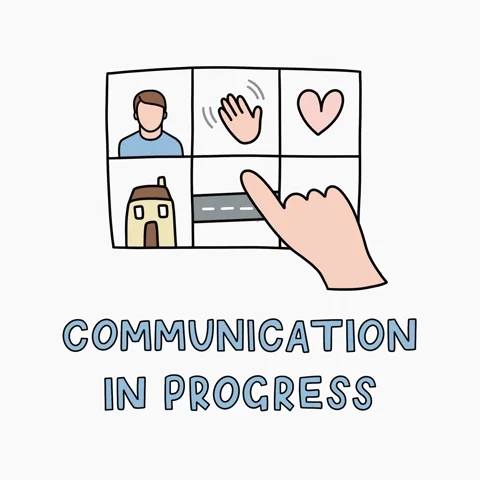
Common therapies
Cognitive Behavioral therapy (CBT) works to develop skills and promote healthy behaviors.
Speech therapy focuses on improving communication, speaking, and literacy.
Occupational therapy assists with social, sensory, and cognitive limitations to assist with daily tasks.
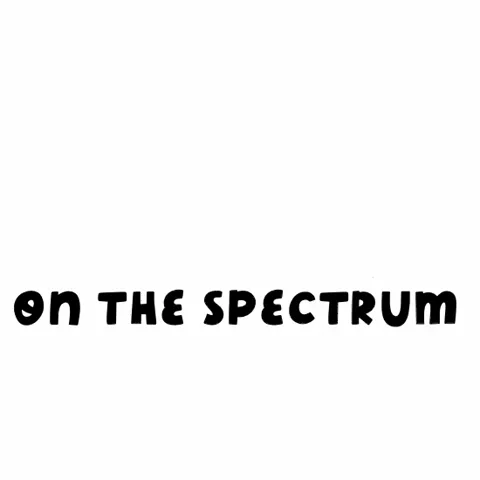
Additional support
Community centers: There can be many recreational programs at your local community center for autistic people. In some cases, these programs can be free. Autistic people benefit from joining recreational programs as it encourages a sense of community and overall acceptance.
Local or government agencies: There can be a lot of resources and supports that offer financial aid, respite care, or other support needed to help autistic people get the support they need.
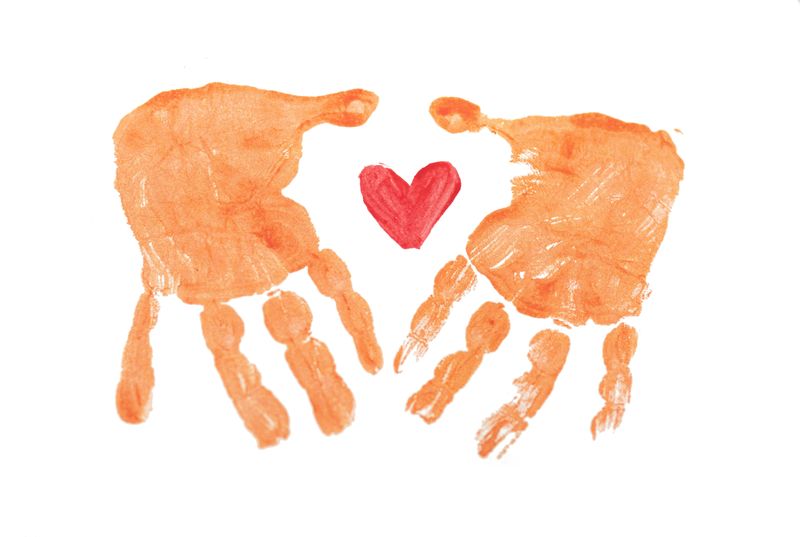
Case study
Imagine you're a social worker who is working with Tim (the boy we met earlier) and his family. Remember that Tim is 6 years old and non-verbal.
Tims family wants to support him as much as possible, but they're not sure how, especially because they're worried about the financial burden that may come with seeking external support.

Consider the following suggestions:
A. Devices like PECS or AAC.
B. Behavioral therapy to include parent training.
C: Referral to local community centers.
D: Referral to financial support or government programs that offer financial aid.
Quiz
Reflecting on the case study above, which suggestion would best assist with Tim's communication?
Although the other suggestions could assist with Tim's skill development and the way he interacts with others, the most appropriate support here is the use of PECS or AAC devices. These communicative devices assist those who are non-verbal with communicating their needs.
Take Action

Autism is a spectrum disorder, so it can be difficult to identify or diagnose. Take the extra step and learn more with the resources below:
This Byte has been authored by
Elisa Romeo
Access Navigator & part time student
BSW, OCGC in Adv Teaching
